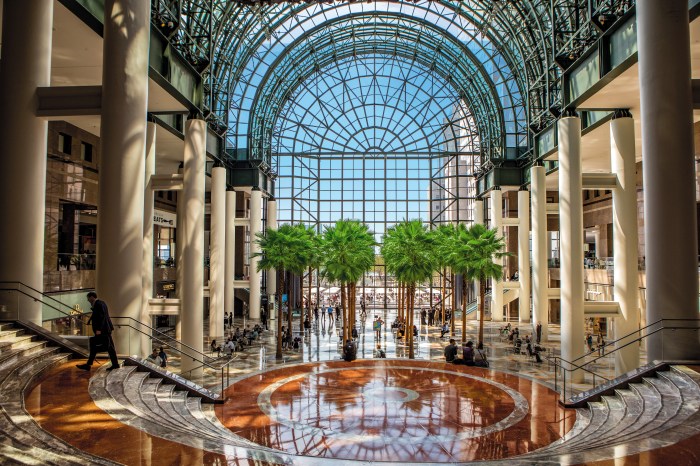Grant Wood’s “American Gothic” could make a solid case as the world’s first meme, having gained cultural ubiquity several decades before Grumpy Cat or Rickrolling.
Parodies of the iconic painting have for decades appeared in film (including 1962’s “The Music Man”) and magazines, such as the “Beverly Hillbillies” cover of The Saturday Evening Post in 1963.
Today, couples from Marge and Homer to Barbie and Ken have stood in for the possibly puritan, probably prim and definitely deeply unsettling farmers.
Introducing the Whitney Museum’s new exhibit “Grant Wood: American Gothic and Other Fables” on Tuesday, museum director Adam Weinberg acknowledged Wood’s reputation as a one-hit-wonder. “A lot of people don’t even know who exactly Grant Wood is, and then I show them ‘American Gothic,’ ” Weinberg said. “And then they say, ‘Did he do anything else?’ Well this [exhibition] is the proof he did something else.”
Wood did indeed do other things, such as craft found-object sculptures of potted plants that he called “Lilies of the Alley” and create a corn-cob chandelier (not from actual corn) for a corn-themed hotel room in Iowa. Thankfully, he mostly painted.
The exhibit, which runs March 2 through June 10, boasts more than 100 of his works, focusing on Wood’s mature career after 1930, when “American Gothic” was accepted at the Art Institute of Chicago, which loaned the painting for the Whitney show.
All of Wood’s portraits have a similar sense of uneasy discomfort, perhaps most vividly displayed in “Victorian Survival,” depicting a sepia-toned spinster with a choker, or his self-portrait from the early 1930s in which Wood stares askance from the canvas.
Among other highlights of his later work are several landscapes influenced by his childhood on a farm, where he lived until age 10, when his father died. These seemingly idyllic scenes of rolling fields, along with paintings and charcoal studies created for larger murals, have a surface simplicity that masks more complex and uncomfortable interactions, suggesting an aesthetic similar to current cartoonists and graphic novelists, such as Chris Ware.
That familiar disquietude is what makes Wood’s art a good fit for today’s audiences, said Barbara Haskell, who curated the exhibit. “That sense of trouble that he infused [in] his work, with a solitude, with an estrangement, with a kind of chilling make-believe . . . that registers with our own experiences of contemporary life.”
‘Grant Wood: American Gothic and Other Fables’ is on display March 2-June 10 at the Whitney Museum of American Art, 99 Gansevoort St., whitney.org

































